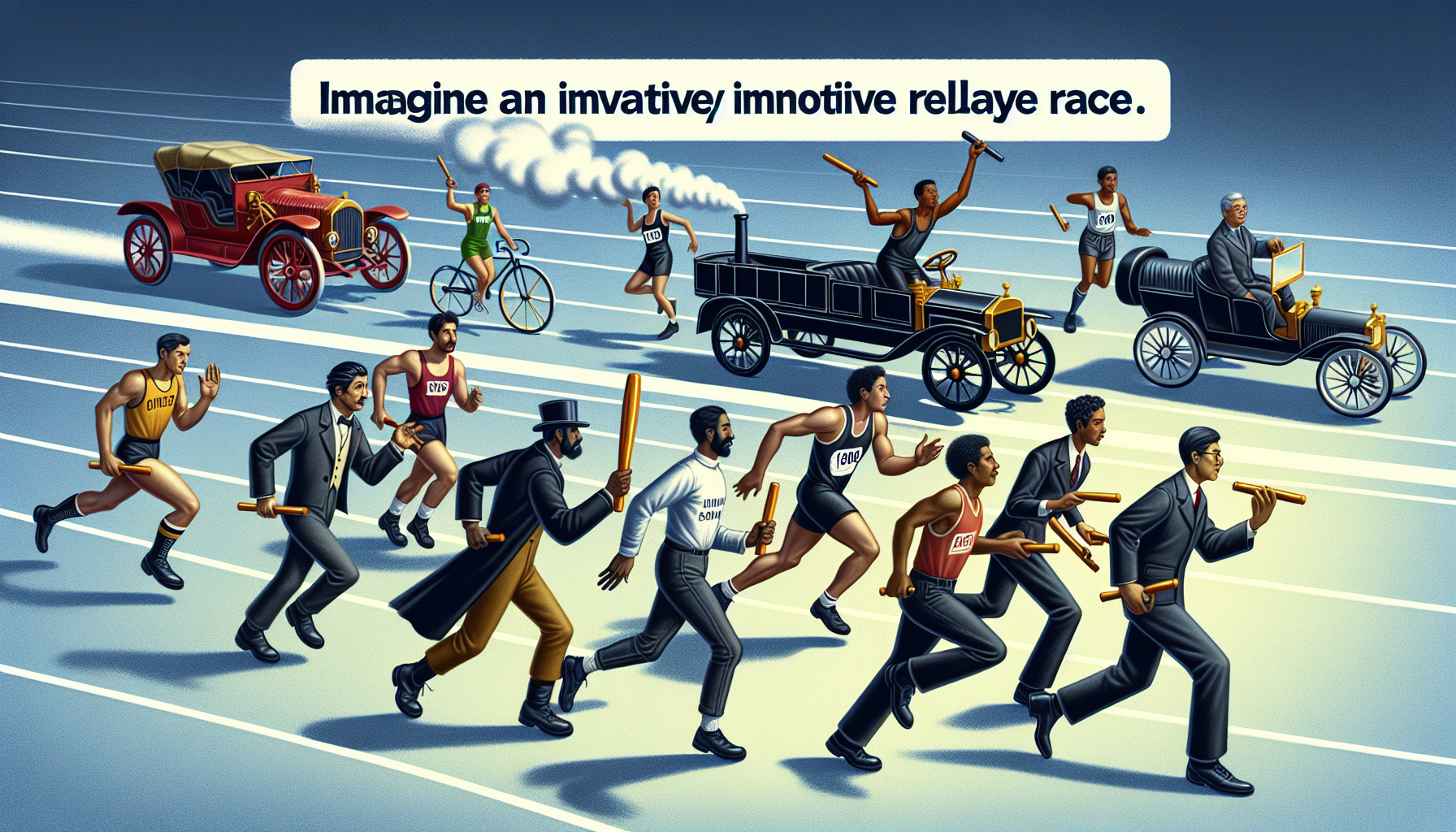The Evolution of Automobiles: A Mechanical Engineer’s Perspective

The inception of the automobile can be traced back to visionaries like Karl Benz and Henry Ford, who laid the groundwork for modern vehicular transportation. In the late 19th and early 20th centuries, the development of the internal combustion engine marked a significant milestone. Mechanical engineers were instrumental in refining these engines, focusing on enhancing efficiency, reliability, and affordability. The introduction of the assembly line by Henry Ford in 1913 revolutionized manufacturing, making automobiles accessible to the masses and sparking a transportation revolution. This era set a robust foundation for future automotive advancements.
Mid-Century Innovations: The Golden Era
The mid-20th century witnessed a surge in automotive engineering innovations, marking what many consider a golden era for the industry. Mechanical engineers were at the forefront, tasked with improving vehicle performance, safety, and comfort. This period saw the advent of automatic transmissions, power steering, and sophisticated suspension systems, which collectively enhanced the driving experience. Additionally, a focus on aerodynamics emerged, aimed at reducing drag and improving fuel efficiency and performance. The 1960s and 70s brought a heightened awareness of safety, catalyzing the development of critical safety features like seat belts and crumple zones, which fundamentally reshaped vehicle design and engineering priorities.
The Rise of Electronics: A New Frontier
As technology advanced, the integration of electronics into vehicles marked a new frontier for mechanical engineers. The late 20th century saw the introduction of electronic fuel injection systems, anti-lock braking systems (ABS), and traction control, significantly enhancing vehicle safety and performance. Mechanical engineers collaborated closely with electrical and software engineers to develop complex systems that improved the driving experience. This era also witnessed the advent of computer-aided design (CAD), revolutionizing vehicle design and testing by enabling more precise and efficient engineering processes.
The Green Revolution: Pioneering Sustainability
In recent decades, the automotive industry has faced mounting pressure to address environmental concerns. Mechanical engineers have spearheaded the development of sustainable solutions, such as hybrid and electric vehicles (EVs). The introduction of the Toyota Prius in the late 1990s marked a watershed moment in hybrid technology, combining an internal combustion engine with an electric motor to enhance fuel efficiency and reduce emissions. Today, engineers are focused on advancing battery technology, improving charging infrastructure, and exploring alternative fuels like hydrogen to facilitate a transition towards a more sustainable future.
The Future: Autonomous and Connected Vehicles
Looking forward, the future of automobiles is poised to be defined by autonomy and connectivity. Mechanical engineers are collaborating with software developers and artificial intelligence specialists to create self-driving vehicles capable of navigating complex environments with minimal human intervention. These vehicles promise to revolutionize transportation by enhancing safety, reducing congestion, and providing mobility solutions for all. Furthermore, the rise of connected vehicles is set to transform the driving experience, with cars communicating with each other and infrastructure to optimize traffic flow and improve safety.
The evolution of automobiles stands as a testament to the ingenuity and dedication of mechanical engineers. From the early days of internal combustion engines to today’s cutting-edge technologies, engineers have consistently pushed the boundaries of what is possible. As we progress towards a future characterized by sustainability and connectivity, the role of mechanical engineers becomes increasingly critical. By embracing innovation and collaboration, they will continue to shape the future of transportation, driving society towards a more efficient, safe, and sustainable world.
Automotive Systems Engineer
Ford, General Motors, and Tesla
Job Responsibilities
Design and integrate complex automotive systems, including powertrains, electronic controls, and safety features.
Collaborate with cross-functional teams to ensure systems meet performance, safety, and regulatory standards.
Experience with systems engineering tools and methodologies, such as Model-Based Systems Engineering (MBSE).
Battery Technology Engineer
Panasonic, LG Chem, and Rivian
Job Responsibilities
Develop and enhance battery systems for electric vehicles, focusing on energy density, longevity, and safety.
Conduct testing and simulations to optimize battery performance and efficiency.
Expertise in electrochemistry and experience with lithium-ion and solid-state battery technologies.
Autonomous Vehicle Software Engineer
Waymo, Uber ATG, and Cruise
Job Responsibilities
Develop algorithms and software for autonomous vehicle navigation, perception, and decision-making.
Work closely with hardware engineers to integrate sensors and control systems.
Proficiency in programming languages such as Python and C++, and experience with machine learning frameworks.
Automotive Aerodynamics Engineer
BMW, Mercedes-Benz, and Ferrari
Job Responsibilities
Analyze and optimize vehicle design to enhance aerodynamic efficiency and performance.
Utilize computational fluid dynamics (CFD) tools to simulate airflow and reduce drag.
Strong understanding of fluid mechanics and experience in wind tunnel testing.
Vehicle Safety Engineer
Volvo, Toyota, and NHTSA
Job Responsibilities
Develop and implement safety features, such as airbags, crumple zones, and collision avoidance systems.
Conduct crash simulations and safety testing to ensure compliance with safety regulations.
Knowledge of automotive safety standards and experience with finite element analysis (FEA) tools.


